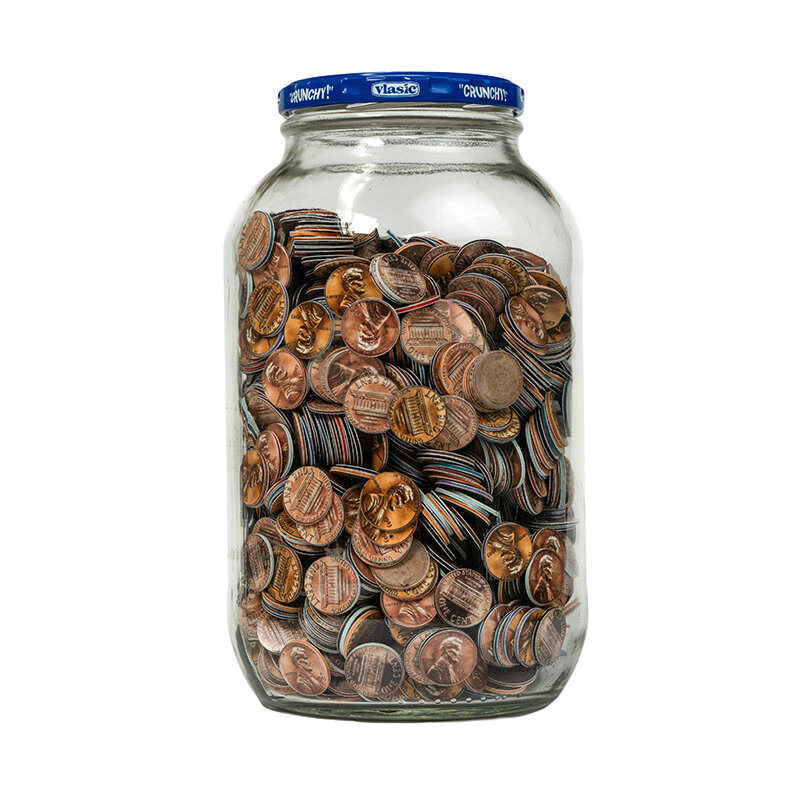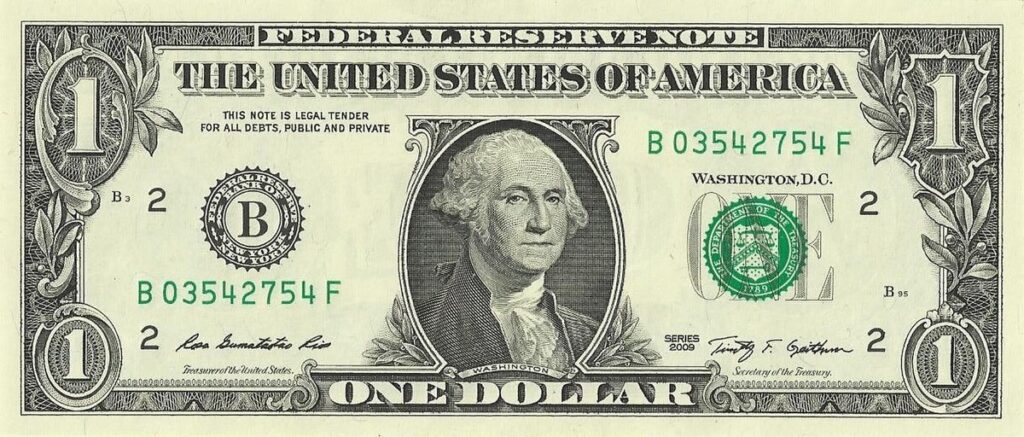My loose change will never be the same again. My nickels, dimes, and quarters will lose a great friend when the U.S. Mint officially ends production of the penny in early 2026, once its current supply of penny blanks is exhausted. (Wall Street Journal)
Think about our lifetime relationship with the penny. When it wasn’t serving as arcade payment or measuring your weight at the drugstore, it could even replace a blown fuse — thanks to its original 100% copper composition.
Penny candy, penny loafers, penny ante poker, and “a penny for your thoughts” were all part of my childhood vocabulary. More than once, my best friend’s father would grin and say, “Well, looks like the bad penny just turned up.” My mother — shaped by her Great Depression upbringing — was a penny pincher, and her political advice was often summed up with, “It’s not worth one red cent.”
My early investing education came from penny stocks — which, as I later learned, were often worth more when I bought them than when I sold them.
The Brits gave us Penny Lane and the charming euphemism “spend a penny” to mean a trip to the loo. And who could forget the Artful Dodger pitching pennies in the alleyways of Dickensian London?

Throughout its reign, the penny has carried far more cultural meaning than intrinsic value. But now, in the age of natural resource scarcity, that balance is shifting.
On the corner of my desk sits a glass jar holding exactly 100 pennies — a mix of copper and zinc coins from different decades. It’s easy to ignore, but it poses a serious economic question:
Would you rather own this jar… or a crisp $1 bill?


The face value is the same. But unlike the dollar, the pennies are made of metal — some copper, some zinc. And if just 11 of those coins were minted before 1982, their copper content alone would push the jar’s scrap value above $1.00.
That’s not just a story of inflation. It’s a story of resource scarcity. Copper is mined, finite, and essential to modern industry. You can’t print more of it. You can’t will it into digital existence. You have to dig it from the earth — at real cost.
Now contrast that with the dollar. It costs the U.S. government less than 10 cents to produce a bill — or even less to type a trillion digital dollars into being. Its value isn’t intrinsic. It floats atop a shifting sea of trust, policy, and perception— vulnerable to economic tides, political storms, and the unpredictable currents of global sentiment.
As my nickels, dimes, and quarters line up at the funeral home to pay their last respects to their humble copper companion, they may well be wishing for an afterlife — a chance to morph into “pennies from heaven”, retaining enduring value and perhaps even monetary immortality.
So, ask yourself: if you had to choose… would you rather hold a dollar backed by trust — or a change jar backed by geology?
The above commentary is for informational purposes only. Not intended as legal or investment advice or a recommendation of any particular security or strategy. Information prepared from third-party sources is believed to be reliable though its accuracy is not guaranteed. Opinions expressed in this commentary reflect subjective judgments based on conditions at the time of writing and are subject to change without notice.



